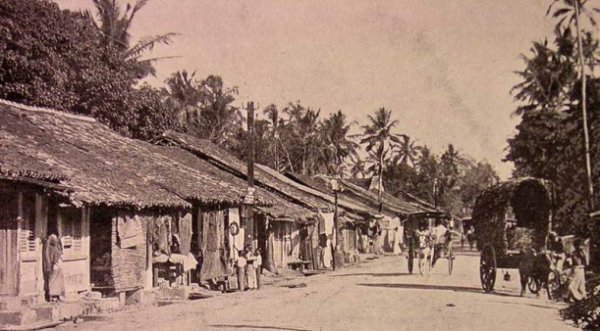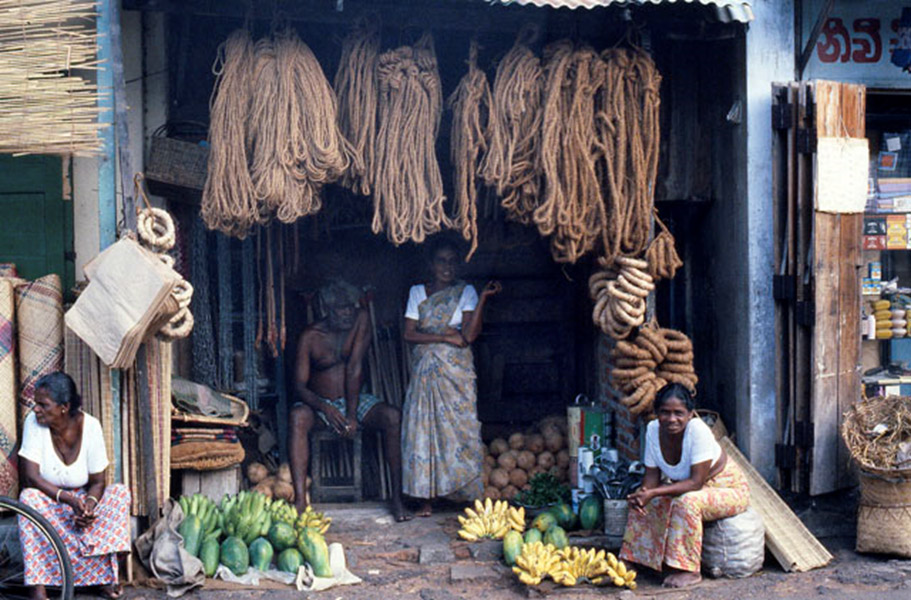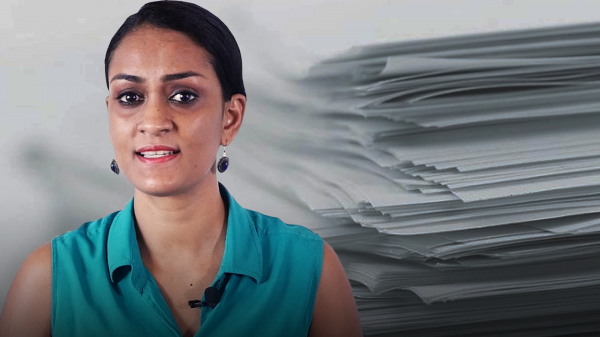
One of the four principal rivers that run through Sri Lanka, the Walawe River, meets the sea at a small fishing hamlet named Godawaya. Located between Ambalantota and Hambantota in the district of Hambantota, Godawaya was once an important stop in the Maritime Silk Route in the 2nd Century CE.
The name “Godawaya” (also spelt as Godavaya) originates from “Goda pawatha pattana” (literally translating to “small rock harbour”). It has been so named because of a large rock which overhangs the ocean.
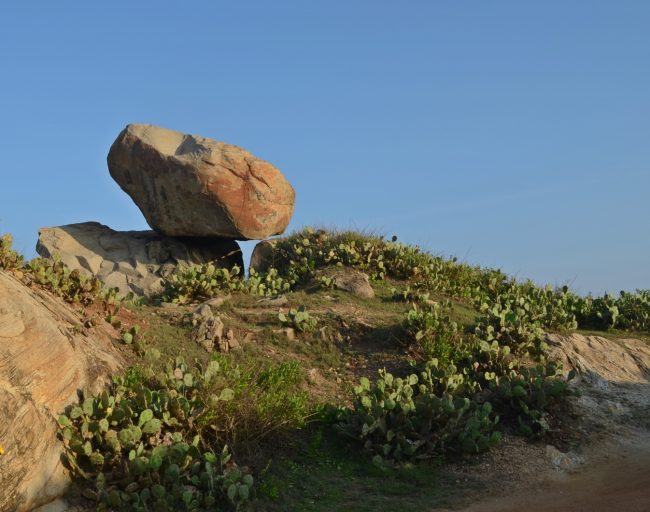
The large rock that overhangs the ocean at Godawaya. Image credit: Lashini Kulatunga
Given the island’s strategic and central location in the Indian Ocean, trade always played a prominent role in ancient Sri Lanka. Godawaya was an important maritime settlement which not only served Thissamaharama and Ridiyagama in the Kingdom of Ruhuna, but this was also a principal port in the ancient Maritime Silk Route, which ran from China in the East to the Mediterranean sea in the West. This was a port that was developed and organised enough to claim customs duties from the trade that occurred therein*. According to a Brahmini script stone inscription found in the Godawaya temple, which dates back to the era of King Gajabahu I, in the 2nd Century, the customs duties that were collected at this port were dedicated to the upkeep of the Godawaya Viharaya, a Buddhist monastery situated nearby. This tax collection was carried out at around the same time as when the world’s first systematic tax collection law, the Palmyrene tax law (in present-day Syria), was first established. Therefore, the collection of taxes at Godawaya appears to date back to the very beginnings of customs duties in the entire world.
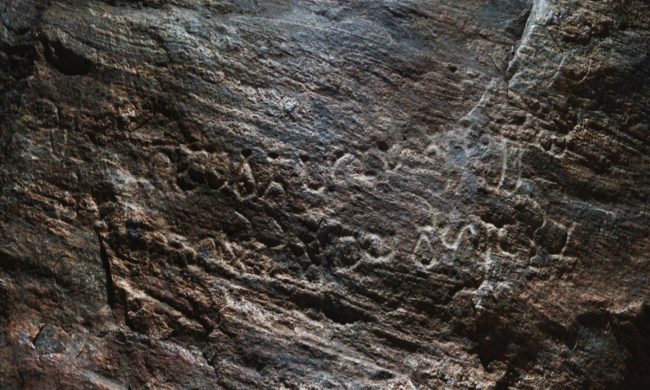
The ancient stone inscription at the Godawaya temple provides evidence of one of the oldest customs duties in the world. Image courtesy customs.lk
In the last decade, many explorations and excavations have been done in this area. During these explorations, the remains of a jetty or bridge was found in the sea in front of the village, along with granite pillars. Thus, the bay of Godawaya ‒ with its beach and stone pillars ‒ was considered to be the safest spot in the area for ships to come ashore. Furthermore, the wide rivermouth of the sluggish Walawe river was found to be ideal for the transportation of goods from the boats to the interior of the country. Boats and barges are said to have been used for this purpose.
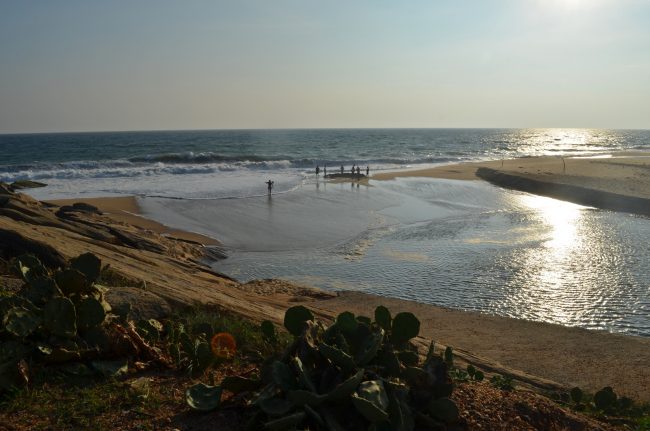
The estuary, where the mighty Walawe river meets the sea. Image credit: Lashini Kulatunga
Several artifacts have been found during the underwater explorations carried out in the seas nearby. These include a triangular granite anchor which has a hole in the middle. This is said to be similar to those that have been found around Galle, in that they have been made of stone. According to records, this type of stone anchor was used during pre-colonial periods, particularly in Indo-Arabian and Chinese vessels.
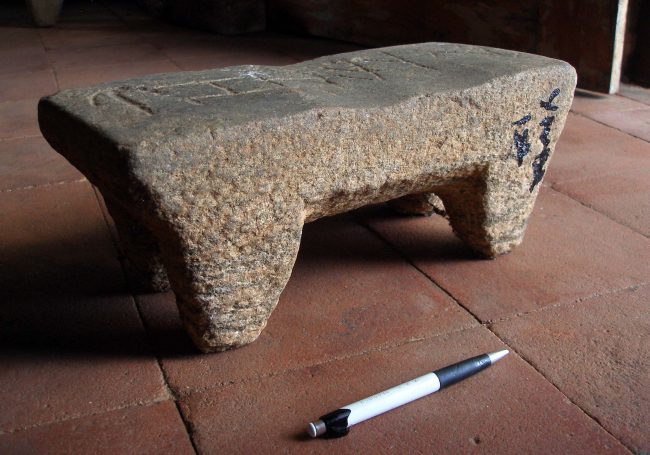
An inscribed stone quern or bench at the museum in Tissamaharama. Image courtesy Institute of Nautical Archaeology
Other items that have been found in the dive sites around Godawaya include potsherds, logs, jars, plates, bowls, and even a stone bench! While carbon dating is yet to be performed on these artifacts, according to the analyses that have currently been carried out, they are said to have belonged to an era before the 4th century CE. The importance of this port in ancient times is further established with the discovery of the ruins of a shipwreck which is estimated to be about 2,000 years old in the seas nearby.
Though the discovery of the stone inscription and the remains of the ancient port is not a recent one, much remains unexplored and unexplained in this location. Nevertheless, what is already known about Godawaya is certainly sufficient to show the level of complexity and development that Sri Lanka showed as long as two millennia ago.
* Customs History (රේගු පුරාණය) by G. A. Lesly Gamini (2nd Edition, Suriya Publications)
Featured image: A view of the Godawaya bay as seen from the temple today. Image credit Nishan/amazinglanka.com

